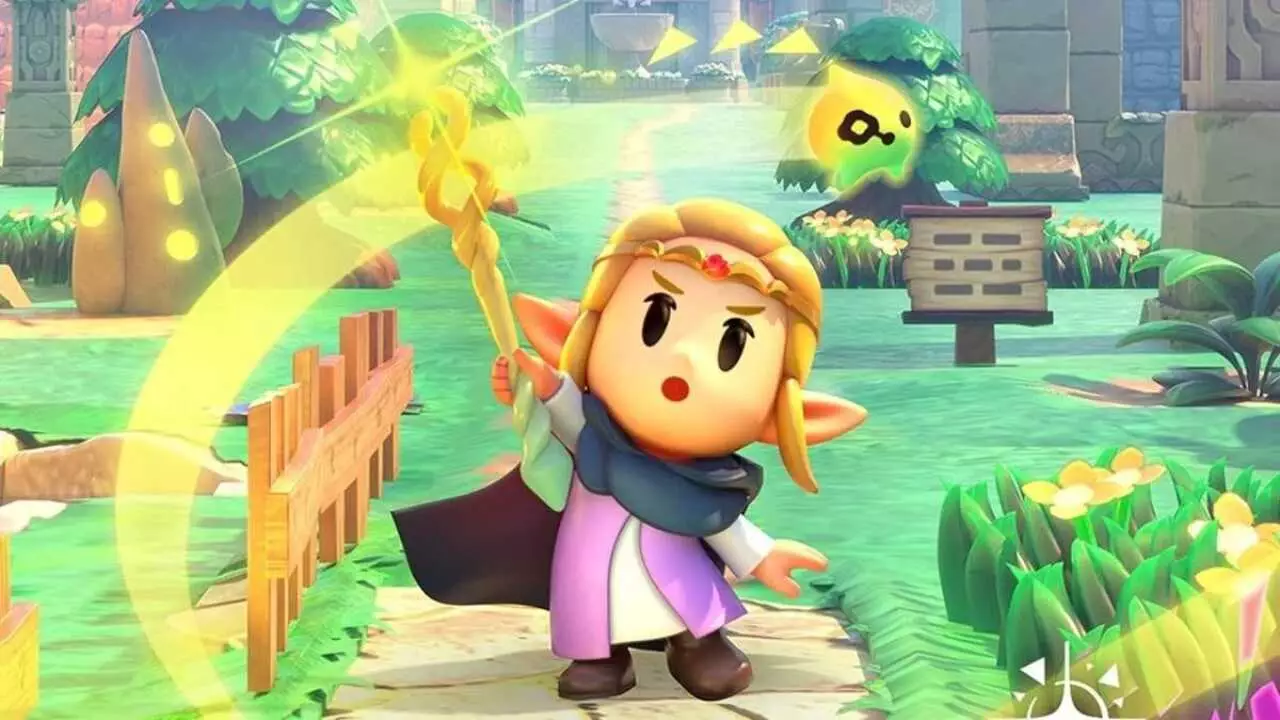The Legend of Zelda series has long been a subject of fascination among gamers and lore enthusiasts, navigating a convoluted timeline that has sparked countless debates and theories. With each new installment, Nintendo adds layers to an already complex narrative, provoking discussions on where each game fits into the overarching saga. The recent inclusion of “Echoes of Wisdom” serves as a critical case study in understanding the intricate tapestry that makes up the Zelda timeline. For many fans, this re-evaluation of the timeline challenges previous assumptions and adds new dimensions to beloved characters and story arcs.
Nintendo’s official placement of “Echoes of Wisdom” within the ‘Hero is defeated’ timeline—between “Tri Force Heroes” and the ‘Decline of the Hyrule Kingdom’—raises questions about character motivations and the implications of defeat. The game’s plot revolves around Link’s mission to rescue Princess Zelda from Ganon’s clutches. Notably, the timeline derives from the “Ocarina of Time” scenario in which the Hero of Time fails to triumph over Ganondorf. This pivotal defeat leads to a cascading effect—a world steeped in shadows and peril as Link encounters newfound threats manifesting in the form of mysterious rifts across Hyrule.
In doing so, “Echoes of Wisdom” expands upon the narrative legacy of the Zelda franchise by illustrating the precarious balance of power between heroes and villains. The introduction of these rifts symbolizes not merely a physical danger but signalizes a fracture in the very fabric of reality, a theme that resonates throughout the series. This existential threat compels Princess Zelda to embark on her own quest, establishing her as an active player rather than a mere damsel in distress—an empowering twist that modern audiences appreciate.
As producer Eiji Aonuma noted, while timelines offer a framework for storytelling, gameplay often takes precedence in the Zelda series. This perspective prompts an analysis of how “Echoes of Wisdom” balances narrative depth with engaging gameplay mechanics. The game’s narrative, while compelling, serves as a backdrop that encourages exploration and interaction, quintessential elements of the Zelda experience. Aonuma’s statement reflects a broader philosophy within the industry, where player experience takes center stage even in the face of elaborate storylines.
Interestingly, “Breath of the Wild” and “Tears of the Kingdom” occupy their distinct narrative spaces separate from the previous timelines. This divergence hints at Nintendo’s willingness to innovate and reshape the Zelda lore rather than remain tethered to past conventions. As a result, players are continually invited to explore and interpret Hyrule’s mythology through fresh lenses, shapes, and contexts.
The unveiling of the updated timeline with the addition of “Echoes of Wisdom” has indeed rekindled discussions among fans. Some may appreciate the complexity added by the new entry, while others may find themselves grappling with unanswered questions regarding continuity. Nonetheless, it’s essential to acknowledge that this ongoing evolution of Hyrule’s narrative landscape allows for rich storytelling, character development, and innovative gameplay experiences that resonate with both long-time fans and newcomers alike.
As fans dive into “Echoes of Wisdom,” they embark not only on an adventure in gameplay but also on a quest to uncover the deeper truths of Hyrule’s lore. Ultimately, the ever-expanding timeline speaks to the enduring legacy of the Zelda franchise, capturing the imagination and fostering community engagement as players strive to piece together the fragmented history of their favorite characters.


Leave a Reply